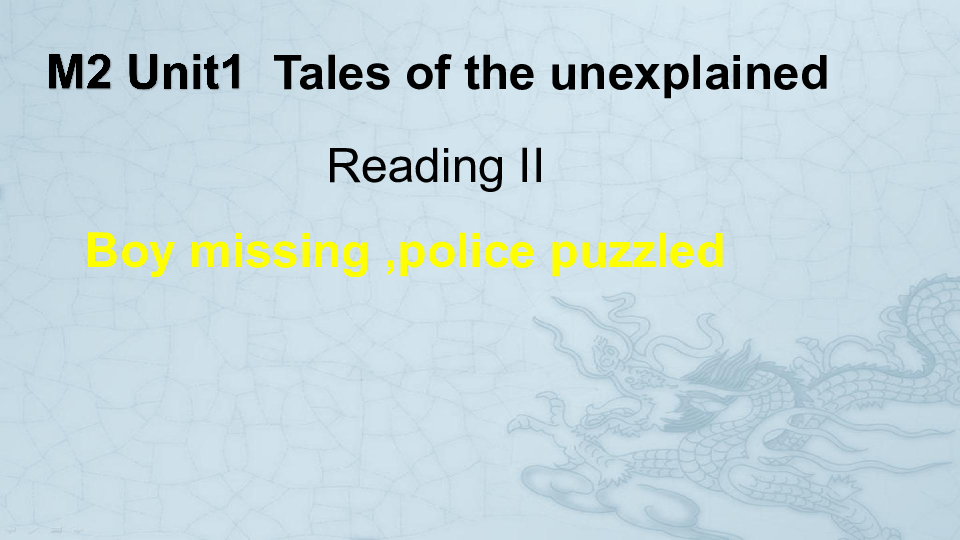Understanding Where Does the Interest on a 401k Loan Go: A Comprehensive Guide
Guide or Summary:What is a 401k Loan?Where Does the Interest on a 401k Loan Go?The Interest Rate on 401k LoansImpact on Retirement SavingsRepayment Terms……
Guide or Summary:
- What is a 401k Loan?
- Where Does the Interest on a 401k Loan Go?
- The Interest Rate on 401k Loans
- Impact on Retirement Savings
- Repayment Terms
#### Translation: Where does the interest on a 401k loan go
When considering taking out a loan against your 401k, one of the most critical questions that arise is, **where does the interest on a 401k loan go?** This inquiry is essential for anyone looking to understand the financial implications of borrowing from their retirement savings. In this article, we will delve into the mechanics of 401k loans, the flow of interest payments, and the broader implications for your retirement savings.

What is a 401k Loan?
A 401k loan allows you to borrow money from your retirement savings plan, typically up to 50% of your vested balance, with a maximum limit of $50,000. This loan is often used for significant expenses, such as buying a home, paying for education, or covering medical bills. The key advantage of a 401k loan is that you are borrowing from yourself, which means you are essentially paying yourself back with interest.
Where Does the Interest on a 401k Loan Go?
When you take out a 401k loan, you will be required to repay the borrowed amount with interest. The interest that you pay on this loan does not go to a third-party lender; instead, it goes back into your 401k account. This mechanism is one of the primary benefits of a 401k loan. You are effectively paying interest to yourself, which can help mitigate the impact of borrowing on your retirement savings.
The Interest Rate on 401k Loans
The interest rates on 401k loans are typically set by the plan administrator and are often based on the prime rate plus a margin. This rate is usually lower than what you would find with personal loans or credit cards, making 401k loans an attractive option for those in need of quick cash. However, it’s essential to understand that while you are paying interest back to your account, the overall growth of your 401k investments may be affected during the loan period.

Impact on Retirement Savings
While borrowing from your 401k can provide immediate financial relief, it’s crucial to consider the long-term implications. When you take out a loan, the funds you borrow are no longer invested in the market, which can lead to missed growth opportunities. Additionally, if you leave your job while having an outstanding loan, you may be required to repay the loan in full or face penalties and taxes.
Repayment Terms
The repayment terms for a 401k loan are typically set by the plan, but most require you to repay the loan within five years, with payments made at least quarterly. If you fail to repay the loan as agreed, it may be considered a distribution, subjecting you to taxes and penalties. Hence, it’s crucial to have a solid repayment plan in place before taking out a loan.
In summary, understanding **where does the interest on a 401k loan go** is vital for anyone considering this option. The interest you pay goes back into your retirement account, allowing you to recoup some of the costs associated with borrowing. However, it’s essential to weigh the pros and cons carefully, considering how the loan may impact your long-term retirement goals. Always consult with a financial advisor to ensure that taking out a 401k loan aligns with your overall financial strategy.
